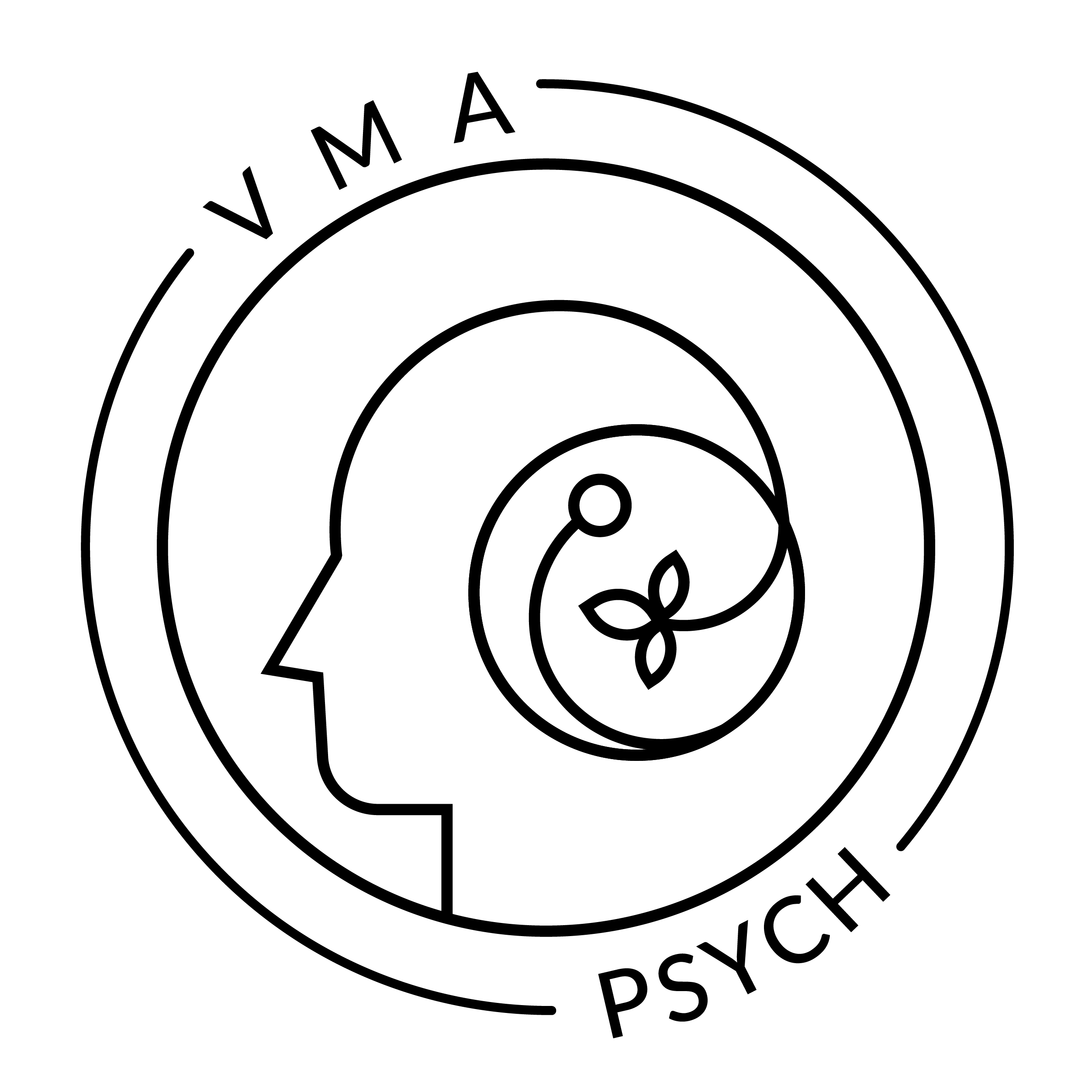
Mental Wellbeing
The Biggest Roadblocks to Personal Healing and How to Move Through Them
Healing isn’t always a straight path. Many people hit emotional plateaus that feel frustrating and confusing. These blocks often signal deeper patterns—like emotional avoidance, old core beliefs, or unresolved trauma—that need care, not judgment. With the right support and tools, it’s possible to move through stuck points and reconnect with growth. This article explores why healing stalls and how to break through with compassion, insight, and evidence-based strategies.
WRITTEN BY
Aidan Murphy
ON
Jul 21, 2025

Healing isn’t linear. Many people seeking personal growth or emotional well-being eventually reach a point where they feel stuck, despite therapy, self-help efforts, or a strong desire to change. The frustration of these plateaus can make us question whether healing is possible at all. But more often than not, these blocks aren’t permanent. They’re signs of deeper, unconscious processes that need attention.
In this article, we’ll explore some of the biggest roadblocks to personal healing, drawing from psychological research and clinical practice. We’ll examine where these patterns come from, how they limit growth, and what you can do to break through them. If you’ve ever wondered, “Why can’t I move forward?”—this is for you.
Why Do We Get Stuck in Healing?

Psychologically, healing requires both emotional safety and cognitive flexibility. When one or both are missing, we can fall into loops of avoidance, self-blame, or emotional paralysis. Research in neuroscience and psychotherapy points to several factors that underlie this stuckness:
Implicit memory systems: These are unconscious memory networks that influence present-day emotions and behaviours without us realizing it.
Maladaptive coping mechanisms: Behaviours that once protected us in painful circumstances (e.g., shutting down, people-pleasing, aggression) may now keep us from building healthy relationships or self-worth.
Unresolved trauma: Both “big-T” and “small-t” traumas shape core beliefs about safety, trust, and identity.
Neuroplasticity limitations: The brain’s capacity for change is powerful, but it’s not instantaneous. Neural rewiring takes repeated, safe experiences.
In short, healing is not just about what you’re doing—it’s about how your nervous system and belief systems are responding.
Common Roadblocks to Personal Healing
1. Emotional Avoidance

One of the biggest barriers to healing is the avoidance of difficult emotions. This includes fear, grief, anger, shame, or vulnerability.
Avoidance can look like:
Staying busy or distracted 24/7
Numbing with food, substances, or scrolling
Intellectualizing emotions without feeling them
Research shows that emotional suppression increases psychological distress over time. A study published in Psychological Science (Gross & Levenson, 1997) found that people who suppress emotions experience greater physiological stress responses.
What to do instead: Build emotional tolerance through mindfulness, somatic therapy, or emotionally focused therapy (EFT). Learn to name your emotions without judgment.
2. Unconscious Core Beliefs

Many of us operate from internalized scripts that were formed in childhood, often without our awareness.
Examples of harmful core beliefs include:
“I’m not good enough.”
“People will always leave me.”
“If I show my true self, I’ll be rejected.”
These beliefs are often rooted in attachment wounds or adverse childhood experiences (ACEs), and they shape the way we interpret present-day events. They also lead to confirmation bias—filtering out any information that contradicts our negative self-view.
What to do instead: Use therapies like Cognitive Behavioural Therapy (CBT) or Schema Therapy to identify and challenge distorted thinking patterns. Journaling and guided self-reflection can also help illuminate these internal rules.
3. Lack of Self-Compassion

Dr. Kristin Neff’s research on self-compassion shows that people who are kind to themselves are better equipped to handle failure, regulate emotions, and persist through difficulty.
But many people carry an inner critic that says:
“You should be over this by now.”
“You’re too sensitive.”
“You’re the problem.”
This internal harshness often mirrors early relational dynamics, where love was conditional or inconsistent.
What to do instead: Practice self-talk that mirrors how you’d speak to a loved one. Try metta (loving-kindness) meditation or work with a therapist trained in Compassion-Focused Therapy (CFT).
4. Fear of Change

Healing often means letting go of what’s familiar—even if it’s painful.
Many people subconsciously resist healing because:
It threatens their current identity
It challenges their relationships
It invites uncertainty and grief
From a nervous system perspective, predictability equals safety. This is why even destructive patterns can feel safer than change.
What to do instead: Normalize fear as part of growth. Anchor yourself in small, safe experiments in change. Work with a therapist who can guide you through this discomfort.
5. Poor Boundaries

Healing cannot take root in an environment that consistently re-injures you. This includes:
Toxic relationships
Chaotic home or work environments
Over-functioning for others while neglecting your own needs
People who struggle with boundaries often have histories of enmeshment, people-pleasing, or emotional parentification.
What to do instead:� Learn to recognize your limits and communicate them. Therapy modalities like Dialectical Behaviour Therapy (DBT) and Assertiveness Training can help build these skills.
6. Lack of Integrated Support

Trying to heal in isolation is like trying to swim upstream in a current. We are biologically wired for co-regulation—healing through safe, attuned relationships.
Yet many people feel ashamed of needing help or don’t trust others due to past relational trauma.
What to do instead: Seek out safe, reliable sources of support—whether that’s individual therapy, group therapy, peer support, or trauma-informed coaching.
Where These Patterns Come From

Most roadblocks to healing are not character flaws—they are adaptations. These patterns were once necessary for survival.
They helped you navigate:
Unsafe caregivers
Unpredictable emotional environments
Cultural or systemic oppression
Early losses or betrayals
Over time, however, these same strategies can become barriers. Healing involves updating the nervous system to recognize that the past is not the present, and that new, safer ways of being are now available.
How to Overcome Healing Blocks

While every healing journey is personal, the following strategies are supported by psychological research and clinical practice:
1. Trauma-Informed Therapy
Trauma-informed therapy prioritizes emotional safety, empowerment, and understanding how past trauma shapes present behaviour. Modalities may include:
EMDR (Eye Movement Desensitization and Reprocessing)
Somatic Experiencing
Internal Family Systems (IFS)
2. Inner Child Work
This therapeutic approach helps individuals connect with and heal younger parts of themselves. It’s particularly useful for people with developmental trauma or attachment wounds.
3. Neuroscience-Informed Approaches
Understanding the brain can provide relief. Knowing that the amygdala (fear center), hippocampus (memory), and prefrontal cortex (regulation) are involved can demystify emotional reactions and give you tools for self-regulation.
4. Psychoeducation
Learning about your patterns is a form of power. Read books, listen to podcasts, or attend workshops that explain healing from a scientific and emotional lens.
Book Recommendation:
“The Body Keeps the Score” by Dr. Bessel van der Kolk
This foundational text explains how trauma impacts the brain and body, and how healing is possible.
Healing Takes Time, But It’s Possible
Getting stuck in the healing process doesn’t mean you’re broken. It means there are protective mechanisms at work—some of which were installed long ago and need compassionate updating. By addressing emotional avoidance, rewiring core beliefs, and creating safe support systems, you can move forward.
At VMA Psych, we offer client-centred therapy to help you understand your unique healing roadblocks and build a sustainable path forward. Whether you're navigating trauma, relationship patterns, or internal self-doubt, our trained clinicians are here to support your growth.
If you feel stuck in your healing journey, you're not alone, and you don't have to figure it out by yourself.
Let’s get you unstuck—and moving toward the life you deserve.
Welcome to VMA Psych.
Your trusted provider of exceptional mental health services in the GTA & beyond. Learn More
With 40+ years as Toronto's leading psychologists, we guide individuals through life's complexities, offering specialized services for a brighter future.



















